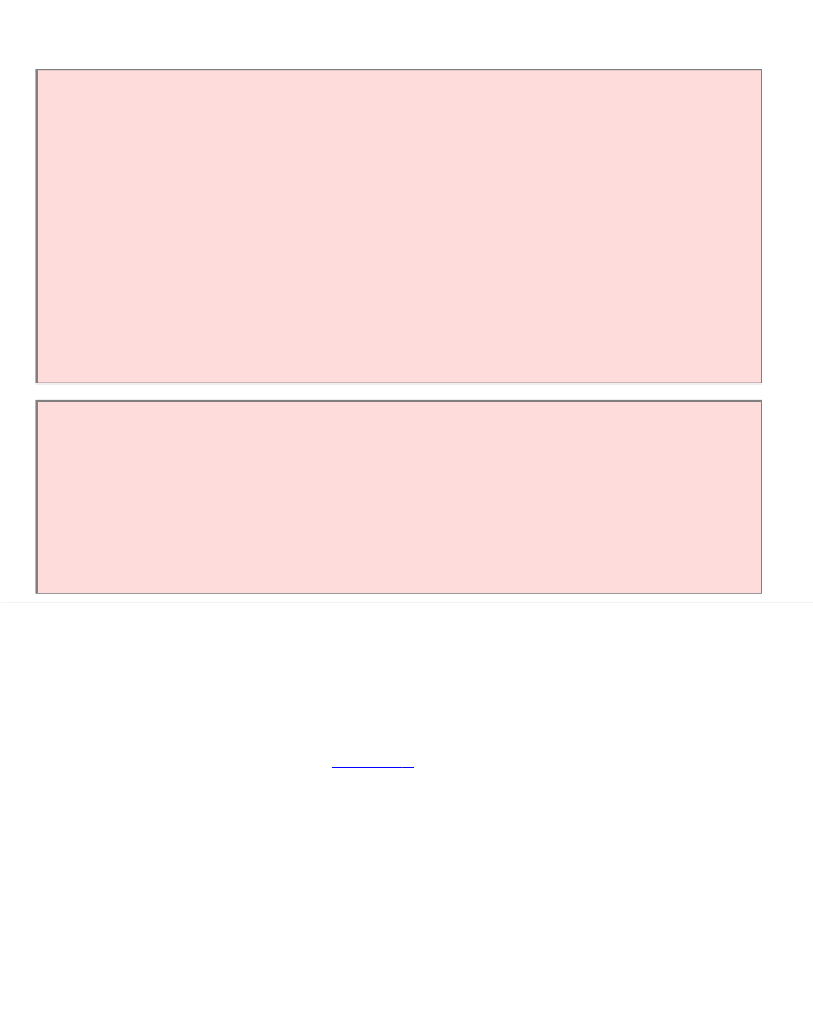Java Reference
In-Depth Information
181
Chapter 5 Decisions
C
HAPTER
G
OALS
ȗ
To be able to implement decisions using
if
statements
ȗ
To understand how to group statements into blocks
ȗ
To learn how to compare integers, floating-point numbers, strings, and objects
ȗ
To recognize the correct ordering of decisions in multiple branches
ȗ
To program conditions using Boolean operators and variables
T
To understand the importance of test coverage
The programs we have seen so far were able to do fast computations and render
graphs, but they were very inflexible. Except for variations in the input, they worked
the same way with every program run. One of the essential features of nontrivial
computer programs is their ability to make decisions and to carry out different
actions, depending on the nature of the inputs. The goal of this chapter is to learn
how to program simple and complex decisions.
181
182
5.1 The
if
Statement
Computer programs often need to make decisions, taking different actions depending
on a condition.
Consider the bank account class of
Chapter 3
. The
withdraw
method allows you to
withdraw as much money from the account as you like. The balance just moves ever
further into the negatives. That is not a realistic model for a bank account. Let's
implement the
withdraw
method so that you cannot withdraw more money than
you have in the account. That is, the
withdraw
method must make a decision:
whether to allow the withdrawal or not.
The
if
statement is used to implement a decision. The
if
statement has two parts: a
condition and a body. If the condition is true, the body of the statement is executed.
The body of the
if
statement consists of a statement:

